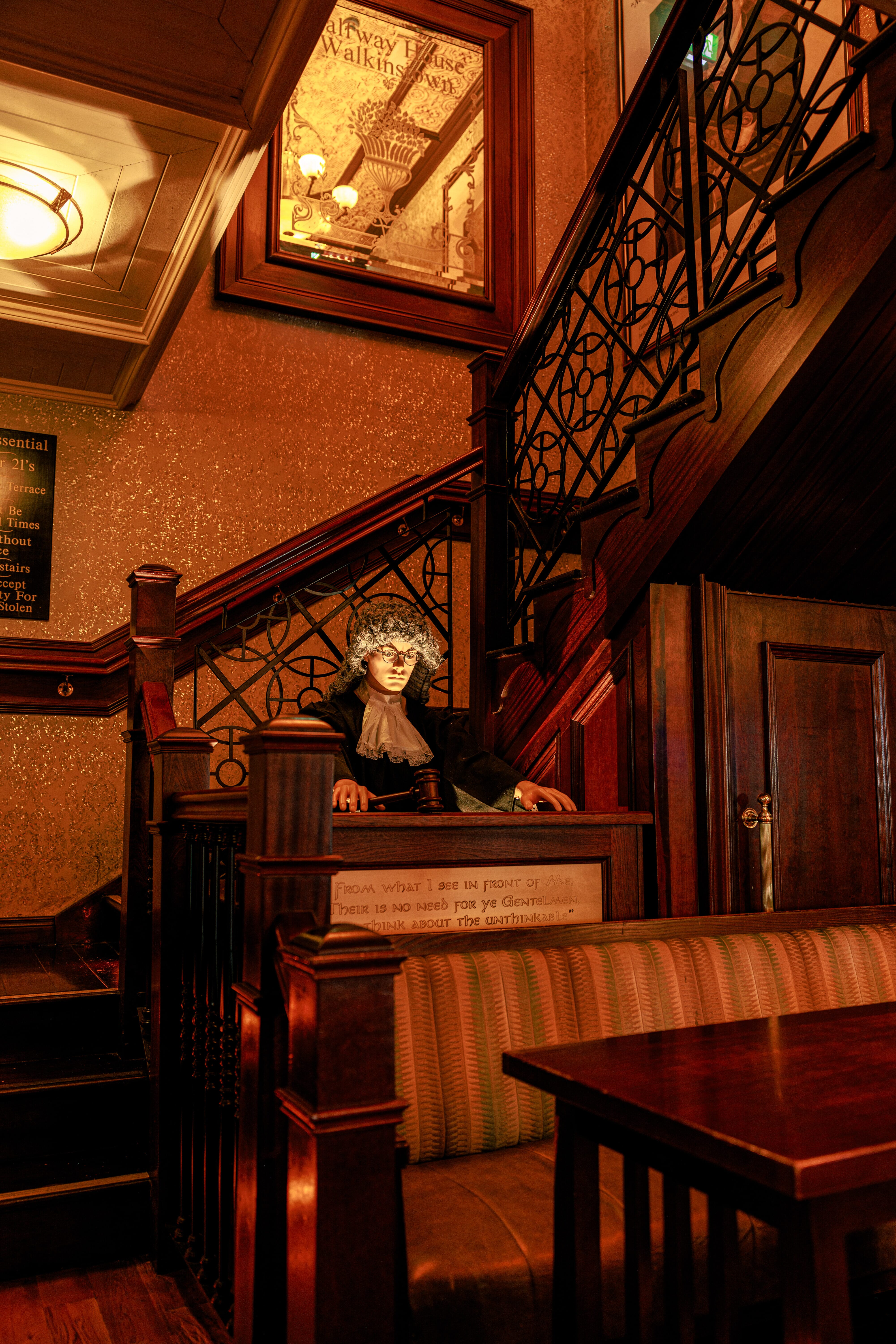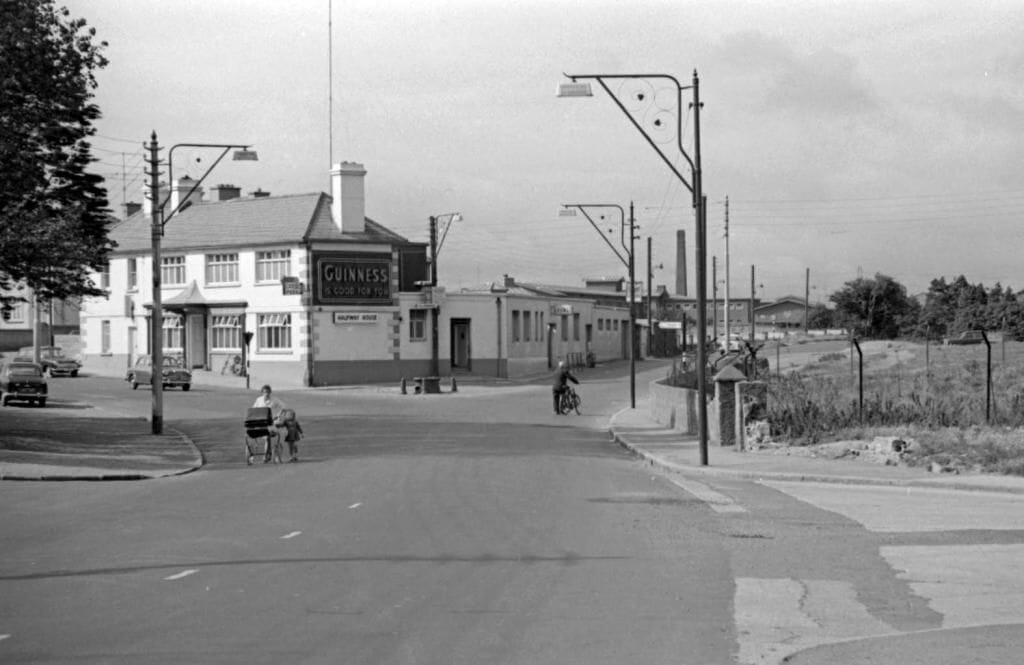
A Pub with a Story
The Halfway House has stood as a landmark of tradition, change and resilience. From its early days as a coach house, it has remained a constant in a rapidly shifting world. Through periods of hardship and renewal, including the fire that nearly erased it from history, the pub has always found a way to endure. Today, it stands not just as a place to gather but as a living reminder of the past, carrying forward the spirit of those who passed through its doors.

The Halfway House Ambush
On May 5th, 1921, during the Irish War of Independence, Section Commander Mickey Sweeney and his section, part of the Irish Republican Army (IRA), planned an ambush on the Crumlin Road. The IRA were fighting for Irish independence from British rule. Sweeney’s section aimed to disrupt British military operations and assert control over the area.
Sweeney’s section took positions near the Halfway House, with two men aiming to disable the truck driver. Sweeney and Jim McGuinness, armed with grenades, waited in a nearby lavatory. When a truck with ten soldiers arrived, Sweeney’s grenade missed, exploding on the road. The ambush party opened fire, causing the truck to swerve but continue. The section withdrew, later learning they caused heavy casualties. Sweeney was badly wounded, and McGuinness was slightly injured.
This ambush was part of a broader strategy by the IRA to weaken British forces and push for Irish independence.
The Burning of the Halfway House
Following the Halfway House ambush, the inn was raided by a party of armed men. The occupants, which included the then owner Kathleen Conway, her sister Elizabeth Yates, two nephews and a maid, were asked to leave and the building was set on fire which spread quickly. Only the walls remained standing. It is claimed that many locals took souvenirs from the wreckage.

